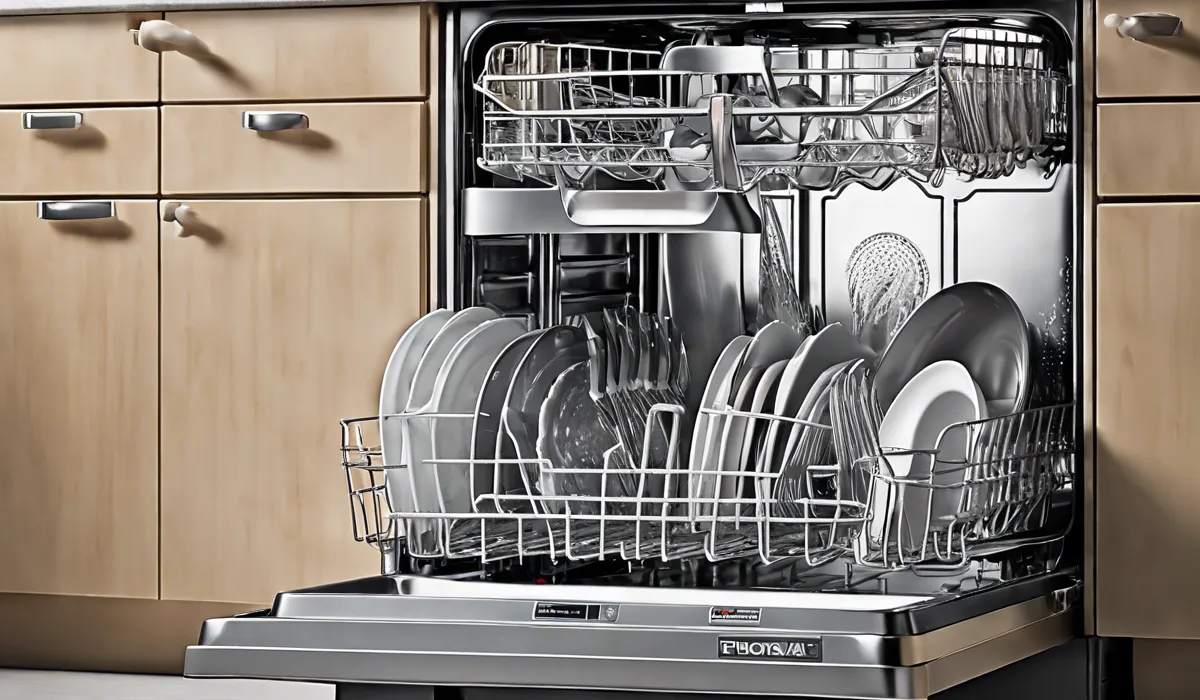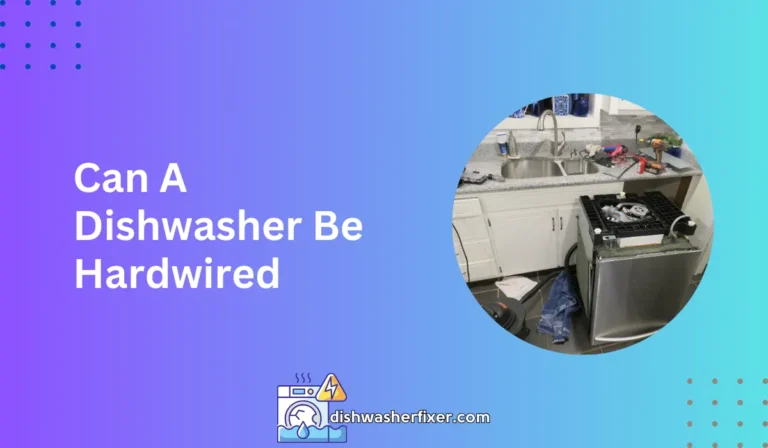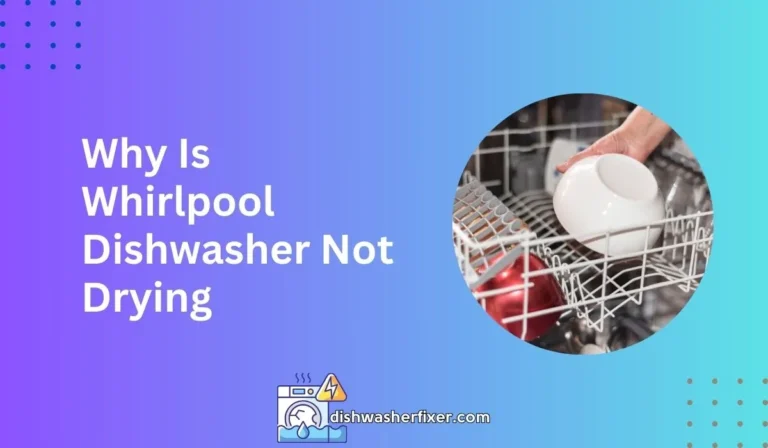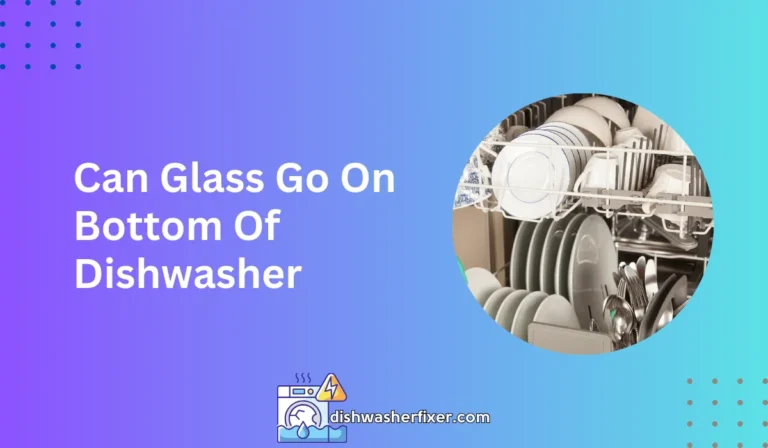How to Drain a Dishwasher: Quick & Easy Fix Guide
To drain a dishwasher, first disconnect power. Remove the bottom rack. Use a sponge or cup to remove standing water. Clean the filter. Lastly, check and clear the drain hose for blockages. Reconnect power once done.
Step-by-Step Guide to Manually Draining a Dishwasher

Turn Off and Unplug Dishwasher
Before you begin any maintenance on your dishwasher, safety comes first. Ensure that the dishwasher is turned off and then unplug it from the power source. This prevents the risk of electric shock and allows you to work on the dishwasher safely.
Remove the Bottom Rack
Slide out the bottom rack of the dishwasher to access the well at the bottom where water collects. Removing the rack provides you with ample space to work and reach the standing water.
Absorb Standing Water with Towels
Place towels on the bottom of the dishwasher to absorb the standing water. This helps to manage the water level and prevent spills onto your kitchen floor as you manually drain your dishwasher.
Use a Cup or Bowl to Scoop Out Water
With the towels in place, use a cup or bowl to scoop out as much water as possible. Be careful to pour the water slowly into a sink to avoid splashing and additional mess.
Soak Up Remaining Moisture with Towels
After you have removed most of the water, use additional towels to soak up the remaining moisture. Ensuring the dishwasher is as dry as possible will make the next steps easier and more effective.
Check and Clean the Filters
Locate the dishwasher’s filters, which are typically found at the bottom of the appliance. Remove and clean them thoroughly, as food particles and debris can often cause clogs that prevent proper drainage.
Inspect the Drain Hose for Clogs
Trace the drain hose from the dishwasher to where it connects to the sink or garbage disposal. Ensure there are no kinks or clogs that could be preventing water from draining out of the dishwasher.
Troubleshooting Common Dishwasher Drain Issues

Check the Dishwasher’s Drain Valve
The drain valve is an essential component that should open to allow water to exit the dishwasher. If it’s stuck, it could be the reason your dishwasher is not draining. Inspect and clear any debris that may be causing the valve to stick.
Inspect the Garbage Disposal Connection
If your dishwasher drains through the garbage disposal, check the connection to ensure it’s clear.
Sometimes, a newly installed disposal comes with a plug that must be removed to allow the dishwasher to drain properly.
Ensure the Air Gap is Clear, if Present
Some kitchen sinks are equipped with an air gap device that prevents dirty water from siphoning back into the dishwasher. If your sink has one, make sure it’s not clogged with debris.
Test the Dishwasher Drain Pump
The drain pump uses an impeller to force water through the drain hose. If you hear it humming but not draining, there might be a piece of glass or other debris jamming the pump.
Look for Kinks or Blockages in the Drain Hose
Examine the entire length of the drain hose for kinks or blockages. If you find any, straighten out the hose to allow water to flow freely. Should there be a blockage, you might need to disconnect the hose to remove it.
Preventative Maintenance to Keep Your Dishwasher Draining Properly

Regularly Clean the Filter and Trap
Maintain your dishwasher’s performance by regularly cleaning the filter and trap. This practice helps to prevent food and debris from causing future clogs.
Run a Dishwasher Cleaner Through a Cycle
Using a dishwasher cleaner can help remove buildup inside the appliance. Follow the cleaner’s instructions and run it through a cycle to keep the dishwasher fresh and functioning well.
Avoid Putting Certain Items in the Dishwasher
Prevent damage and clogs by avoiding the placement of certain items in the dishwasher. This includes food particles and non-dishwasher safe items that can create blockages.
Use the Correct Detergent and Amount
Using the correct detergent and the recommended amount can prevent excess suds and buildup that might impede your dishwasher’s ability to drain properly.
Periodically Check the Drain Hose and Valves
Regular inspections of the drain hose and valves can catch issues early before they become bigger problems. Ensure they are clear and functioning as intended for your dishwasher to drain smoothly.
FAQs About Draining a Dishwasher
How do I prepare my dishwasher to be drained?
Before draining your dishwasher, disconnect it from the power source and remove the bottom rack to access the base of the dishwasher.
What should I do if there is standing water in my dishwasher?
Use a sponge or cup to manually remove the standing water from the bottom of the dishwasher.
What is the next step after removing standing water from my dishwasher?
Clean the dishwasher filter to ensure it is free of debris, which could be causing a blockage.
How do I check for blockages in my dishwasher’s drain hose?
After cleaning the filter, inspect and clear any blockages you find in the dishwasher’s drain hose.
Once I’ve drained and cleaned my dishwasher, what should I do?
Reconnect the dishwasher to the power source once you’ve completed the draining and cleaning process.
Final Thoughts
To effectively drain a dishwasher, ensure it’s powered off before starting. Remove the bottom rack to access the basin, then manually eliminate any standing water with a sponge or cup.
Proceed to clean the filter thoroughly. Lastly, inspect and clear any blockages in the drain hose before restoring power to the appliance.





